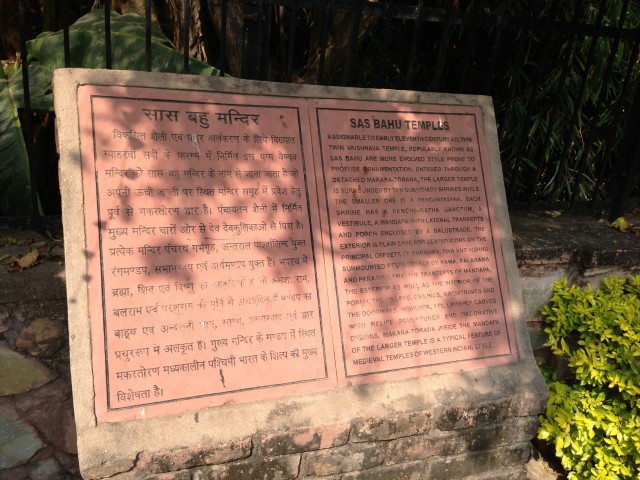
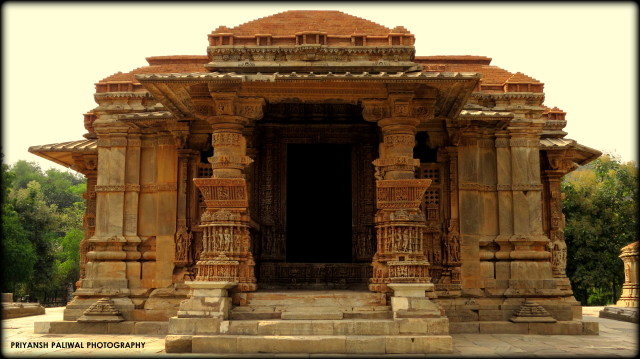
Nagda is a sonorous place bestowed with its isolated parameter and synergies. This place imparts its own temptation and unfolds the nature’s senses. It is a petty village sprinkled with the beautifully carved temples. 20 km away from the Lakecity – Udaipur and located next to the Bagela Lake rests a small segment of the ancient Mewar -Nagda found by Nagaditya in the 6th century was once the capital of eternal mewar. Nagda was plundered by Altamash between 1222 and 1229 A.D., it is dotted with scenic spots and is in the lap of the Aravallis, are a group of 108 temples.The most important temples that have survived the test of time are the Saas-Bahu temples of the 10th century.
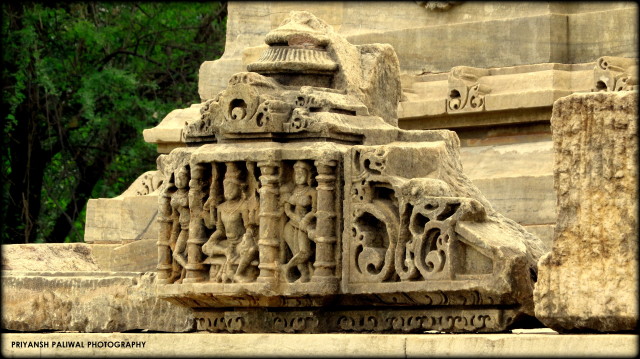
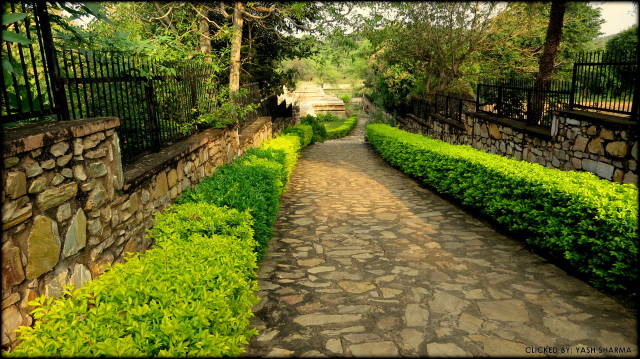
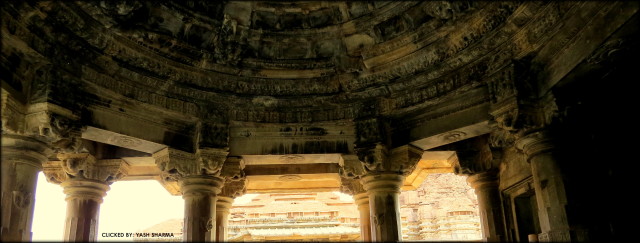
Sas-Bahu Temple – An Architectural Marvel
Dedicated to Lord Vishnu, the Saas Bahu Temples are intricately carved, ornamented and decorated with attractive figures and sculptures. This complex is situated near agriculture field and a small water body making the whole place very atmospheric. Built in the late 10th century, the larger temple, Sas, is surrounded by ten subsidiary shrines and has a torana (archway) in the front and it is more profusely decorated than the smaller Bahu temple which has four shrines and has an octagonal ceiling. They have been raised on a common terrace to face east, towards the tank. The entrance to the temples is through a pancharatha sanctum, hall with lateral transepts and porch, enclosed by a decorated balustrade. The exterior is plain have a resplendent seated icons on the cardinal offsets of Brahma, Vishnu and Mahesha surmounted respectively by Rama, Balarama and Parasurama which appears to be a real stumble upon with God. These sculptures are intelligently molded in two steps, one encircling the other. The relief figures include male and female deities, damsels, regents, ardent panels and scenes from the holy Ramayana. Among the remaining ruins, one on the north-east is intact with its beautiful stone spire. The niches on its walls harbor images of Brahma, Vishnu and Shiva on the east, north and west faces respectively. Statistically, these are assignable to the last quarter of the tenth century A.D.
Consequently, in the fifteenth century, the Guhila king Mokala, constructed a large lake after the name of his brother Bagh Singh, at this place.
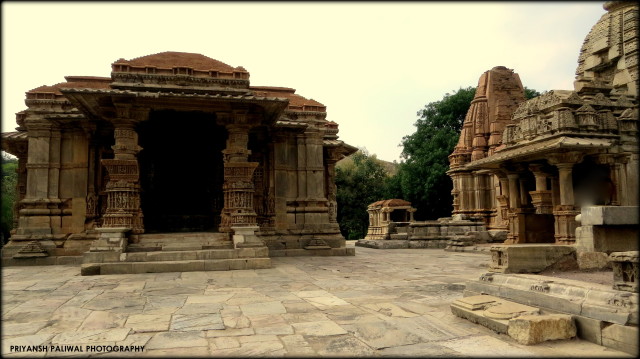
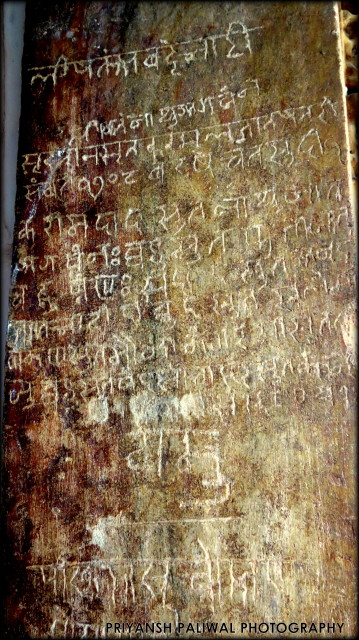
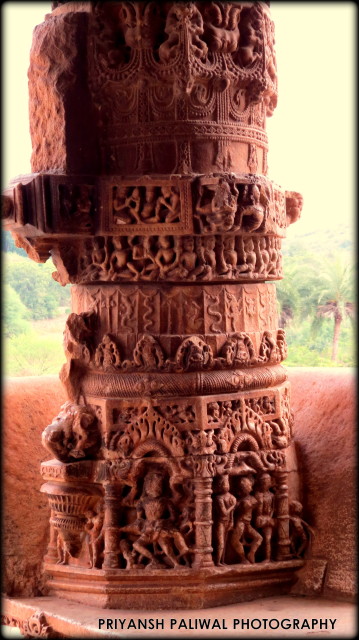
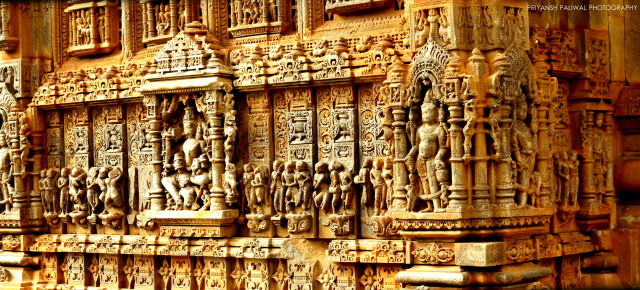
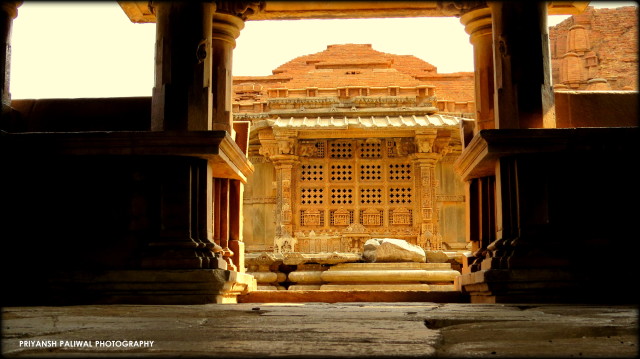
Adbhutji – Strange temple
The Jain temple of Adbhutji was built during Rana Kumbha’s rule houses a nine-foot high black marble image of the Jain saint Tirthankar Shanti Nath, which enshrines inside, built by Oswal Jain ‘Sarang’ in 1437. The idol is in sitting posture and has created a great deal of awe amongst the locals. It is a strange idol and was destroyed by the foreign invaders.
Both these temples were built on the edge of the lake, fringed with hills. Submerged within the lake are several later structures, like Baghela tank, the ruins of Nagda town, the Indersarower, the Cave of Bhara Hari, the temple of Harit and the Samadhi of Bappa Rawal. This place is ASI protected and reconstruction work is painstakingly carried out.
It is a place of exceptionally well laid carvings and cuttings, one above the other, they are so mesmerizing that one can just loose himself into the flamboyant bequest of our land. It is reached down a rough country road, about 1 km. from the hill on which stands the famous Ekling ji temple.
Today, Nagda remains famous for the ruins of Vishnu, Shiva and Jain temples all that are left of this ancient city. But one can still marvel at their original splendor, the artisan and the perfect geometry that must have been the hallmark of that bygone period. Made of Granite, the carvings and deep inlaid work are remarkable and even today have withstood the passage of time and the vagaries of weather.
Photos By : Priyansh Paliwal , Yash Sharma
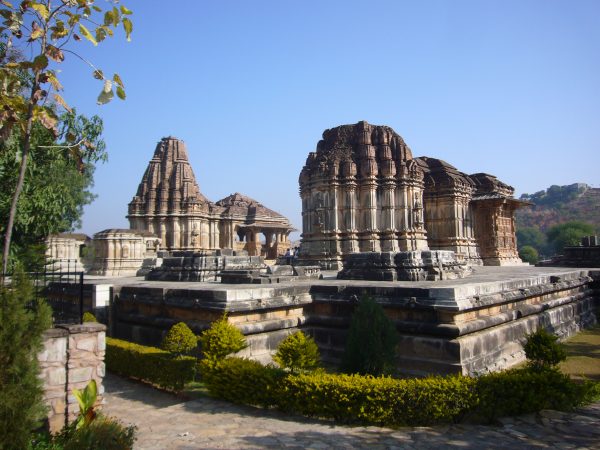
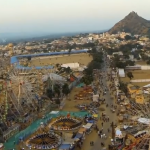

Very nice. Thanks 4 d write-up.